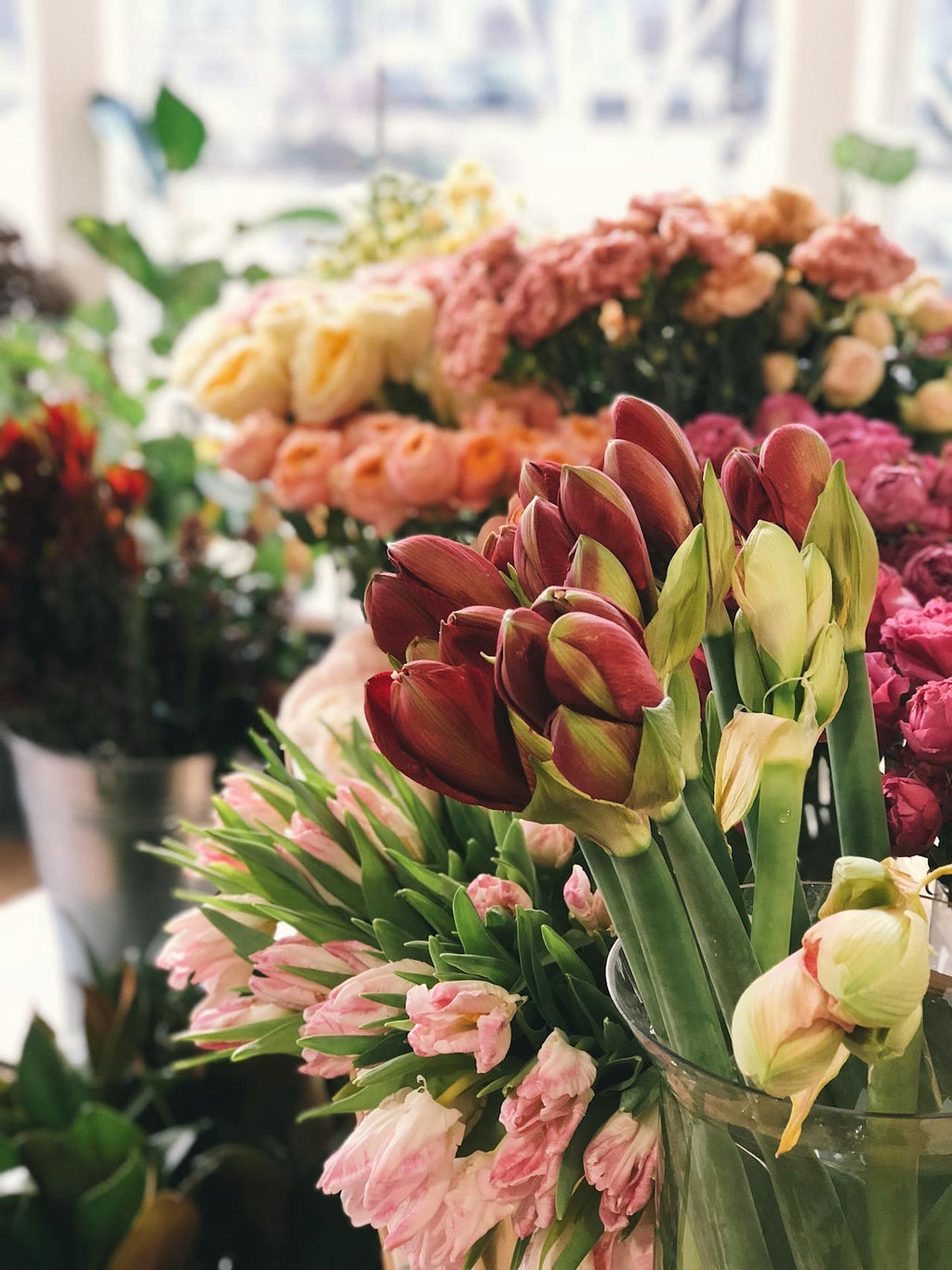Floristry, the art and business of flower arrangement and sale, has a rich history that spans centuries. This Flowerbee HK Florist thesis explores the development of floristry as a profession, tracing its origins, key milestones, and the factors that have shaped its evolution over time.
Early Beginnings
The practice of arranging flowers dates back to ancient civilizations. In Egypt, Greece, and Rome, flowers were used for religious ceremonies, personal adornment, and as symbols of status. These early uses laid the groundwork for the formalization of floristry as a craft.
Middle Ages to Renaissance
During the Middle Ages, the use of flowers in religious and medicinal contexts continued. Monasteries often had gardens where flowers were cultivated for these purposes. The Renaissance period saw a renewed interest in art and nature, leading to more sophisticated floral arrangements. Florists began to emerge as specialized artisans, creating intricate designs for the nobility and wealthy patrons.
18th and 19th Centuries
The 18th century marked a significant turning point for floristry. The rise of the middle class and the expansion of trade routes brought a greater variety of flowers to Europe. Florists began to establish themselves as independent business owners, catering to a growing demand for floral decorations for social events and personal enjoyment.
In the 19th century, the industrial revolution and urbanization further boosted the floristry profession. Flower markets and shops became common in cities, and the first formal training programs for florists were established in the Netherlands. This period also saw the introduction of floral design schools, which helped standardize techniques and elevate the craft to a recognized profession.
20th Century to Present
The 20th century brought significant advancements in floristry, driven by technological innovations and changing consumer preferences. The development of refrigeration and improved transportation methods allowed florists to source flowers from around the world, ensuring a year-round supply of fresh blooms.
The rise of the internet and e-commerce in the late 20th and early 21st centuries revolutionized the industry. Online flower delivery services expanded the reach of florists, enabling them to serve a global customer base. Social media platforms also played a crucial role in promoting floral designs and trends, further popularizing the profession.
Key Trends and Innovations
Several key trends and innovations have shaped the modern floristry profession:
-
Sustainability: There is a growing emphasis on sustainable practices, including the use of locally sourced and organic flowers, eco-friendly packaging, and waste reduction.
-
Personalization: Florists now offer highly personalized services, creating bespoke arrangements tailored to individual preferences and occasions.
-
Education and Certification: Professional training and certification programs have become more widespread, ensuring that florists possess the skills and knowledge required to excel in the industry.
-
Technology Integration: The use of technology, from online ordering systems to advanced logistics, has streamlined operations and improved customer service.
Challenges and Future Prospects
Despite its growth, the floristry profession faces several challenges, including competition from mass-market retailers, economic fluctuations, and the perishable nature of flowers. However, the industry continues to adapt and innovate, with a focus on sustainability, quality, and customer experience.
The future of floristry looks promising, with continued advancements in technology and a growing appreciation for the artistry and craftsmanship involved in floral design. As consumers increasingly seek unique and meaningful experiences, florists will play a vital role in creating beautiful and memorable moments.
The profession of floristry has evolved significantly over the centuries, from its early roots in ancient civilizations to its current status as a dynamic and innovative industry. Through a combination of artistry, business acumen, and technological integration, florists have established themselves as essential contributors to cultural and social life. As the industry continues to grow and adapt, the future of floristry holds exciting possibilities for both practitioners and consumers alike.



